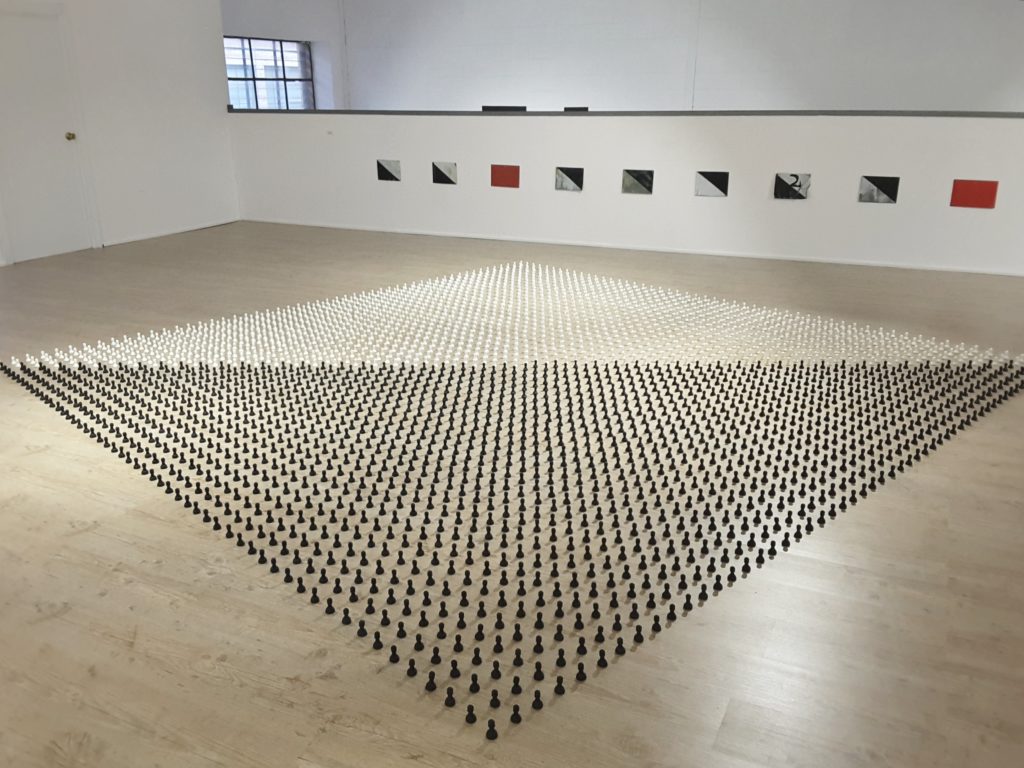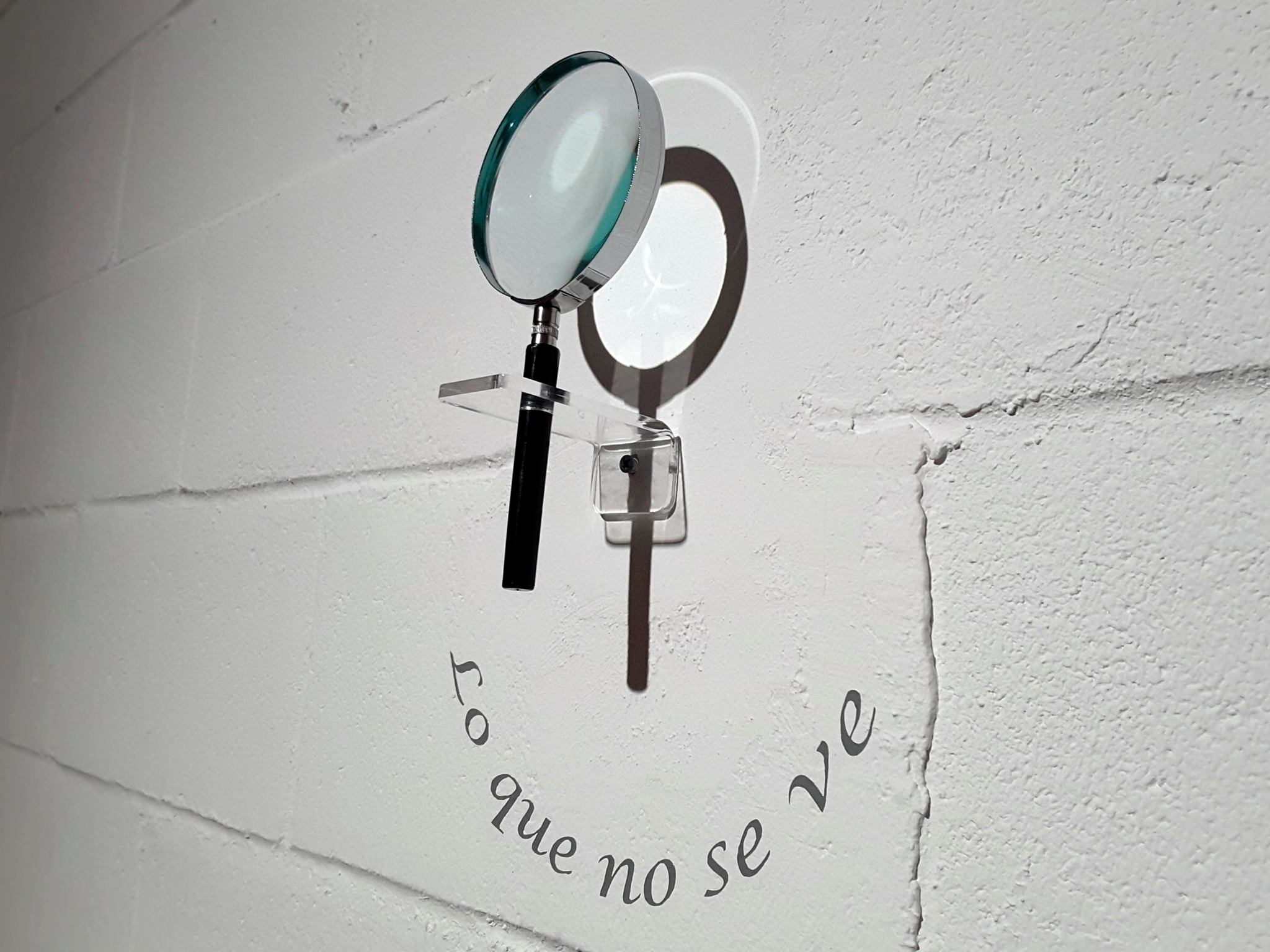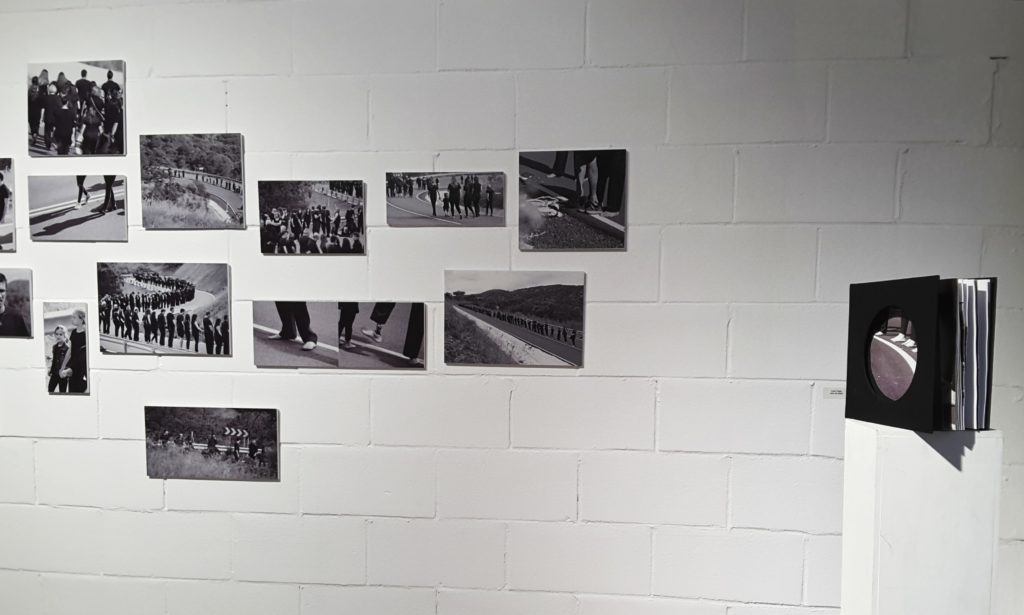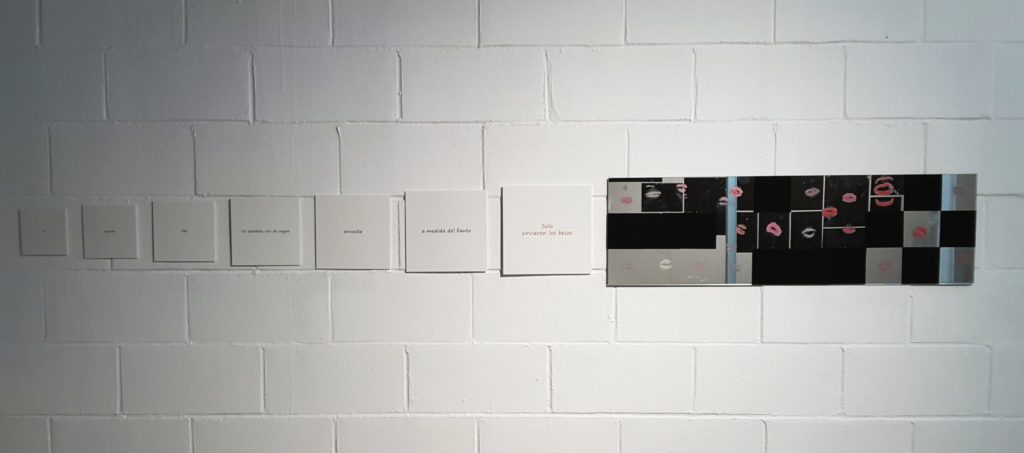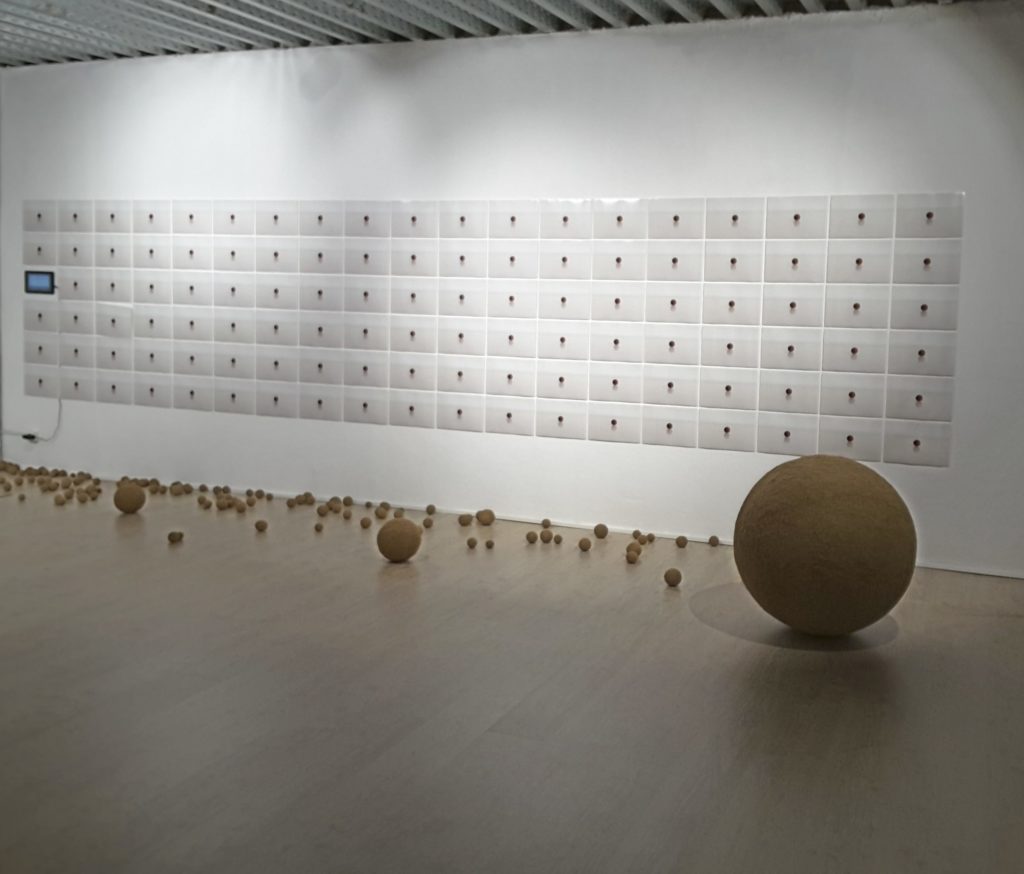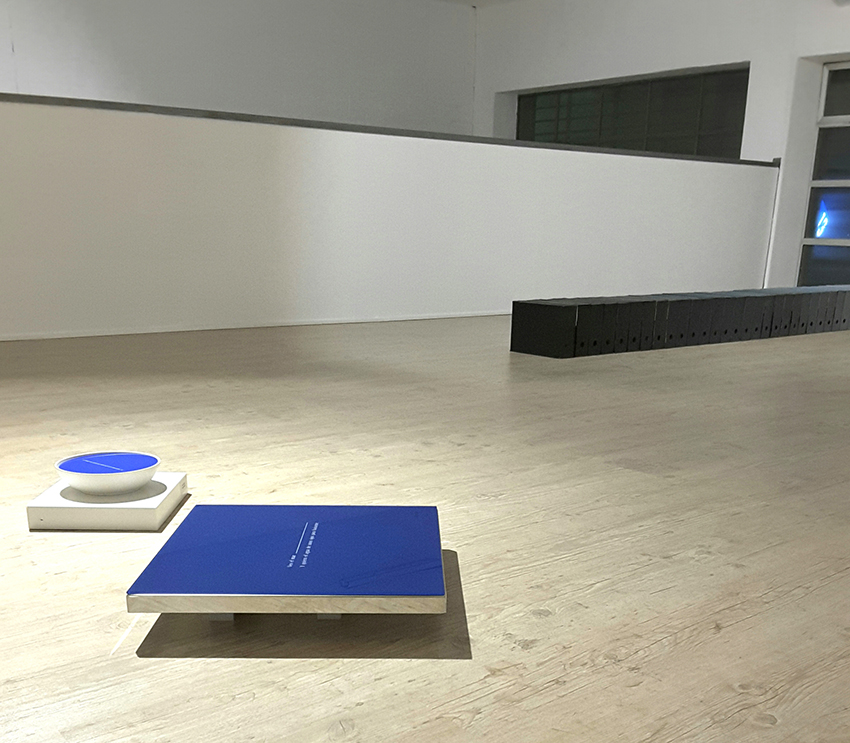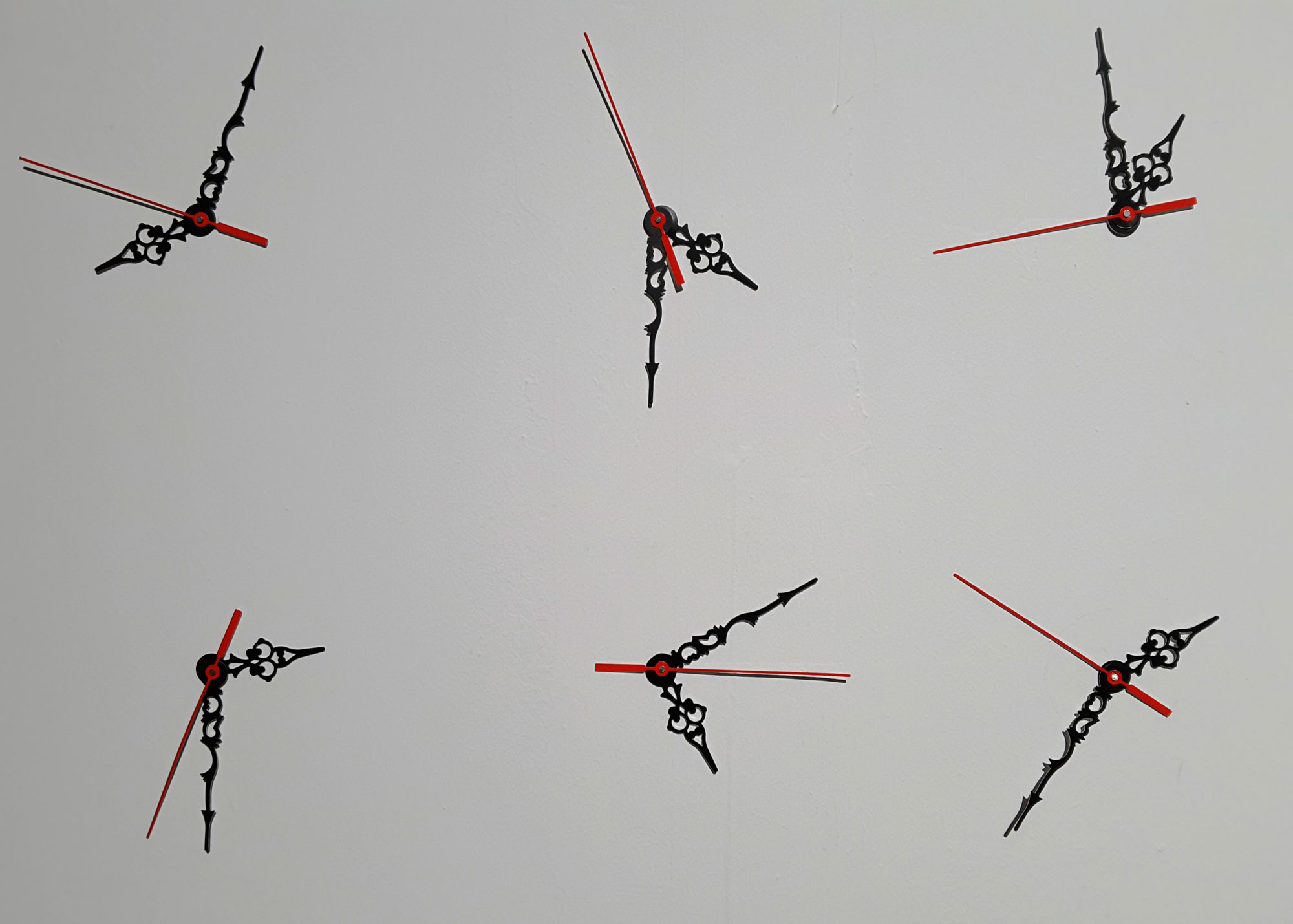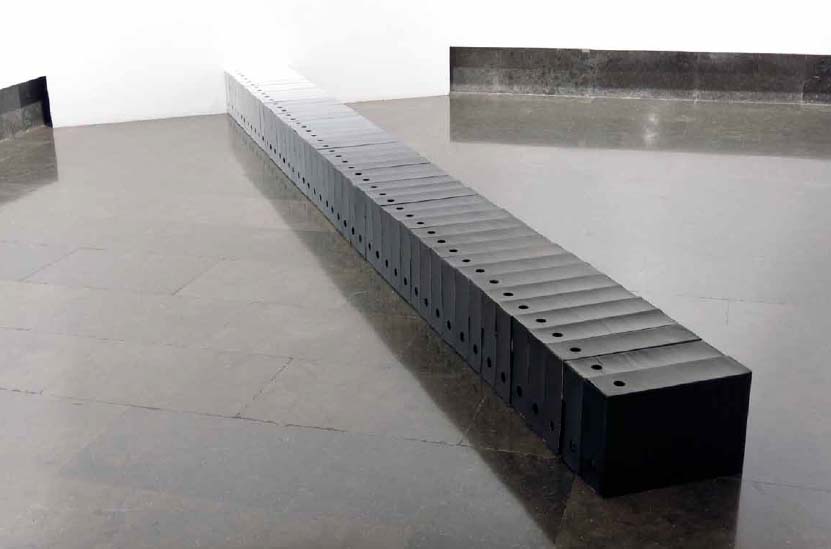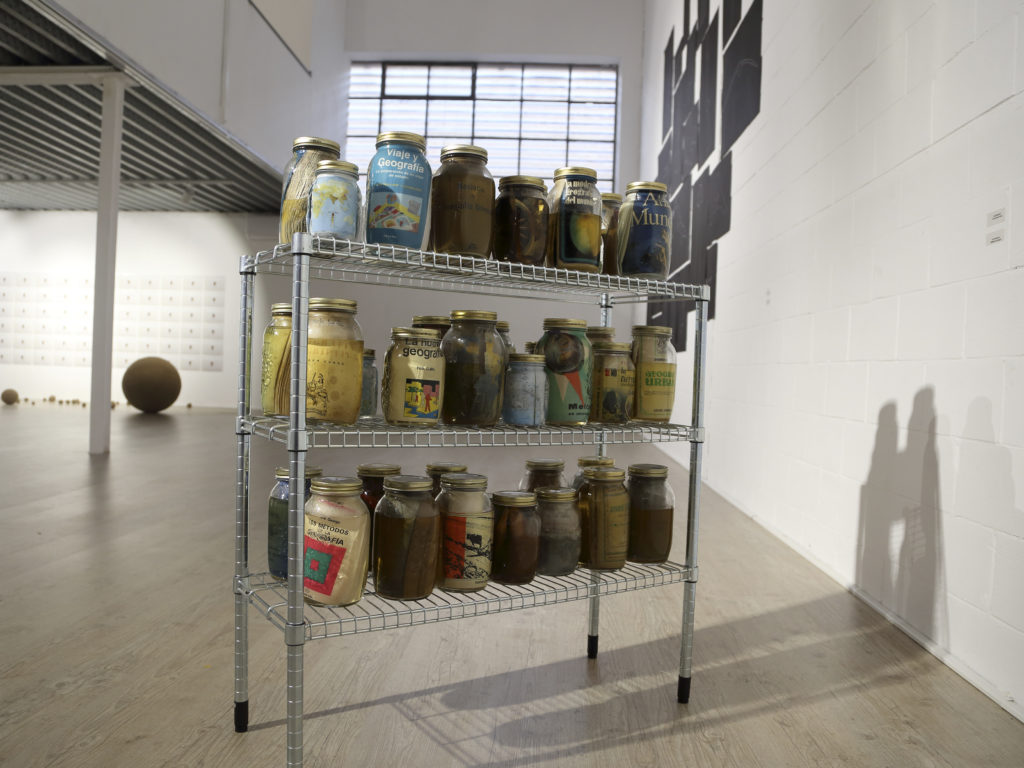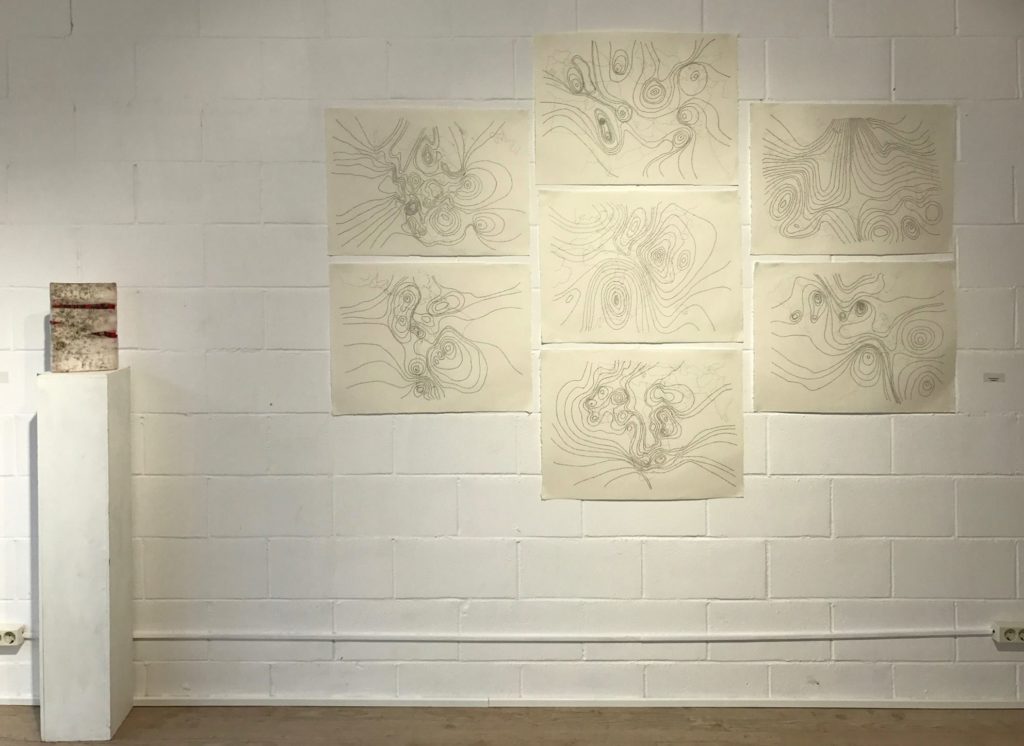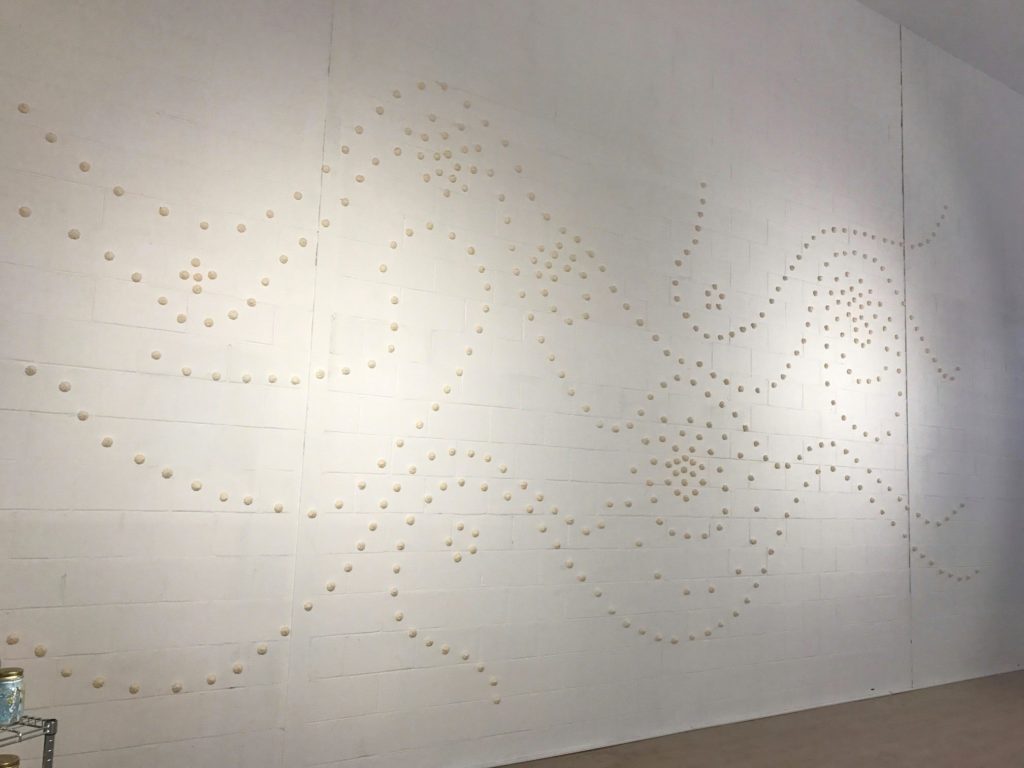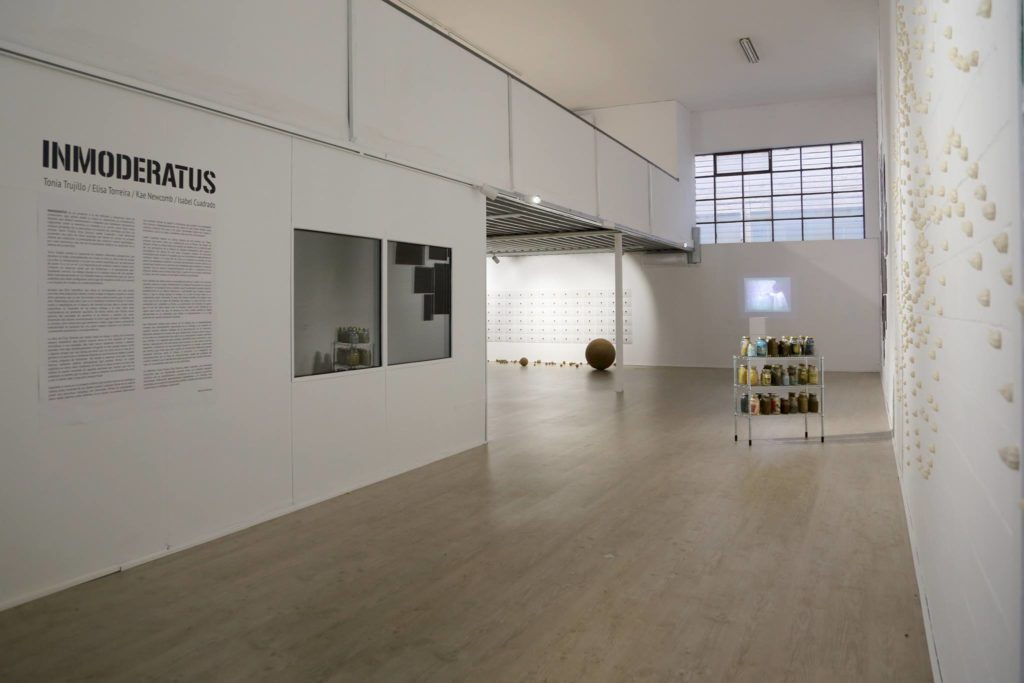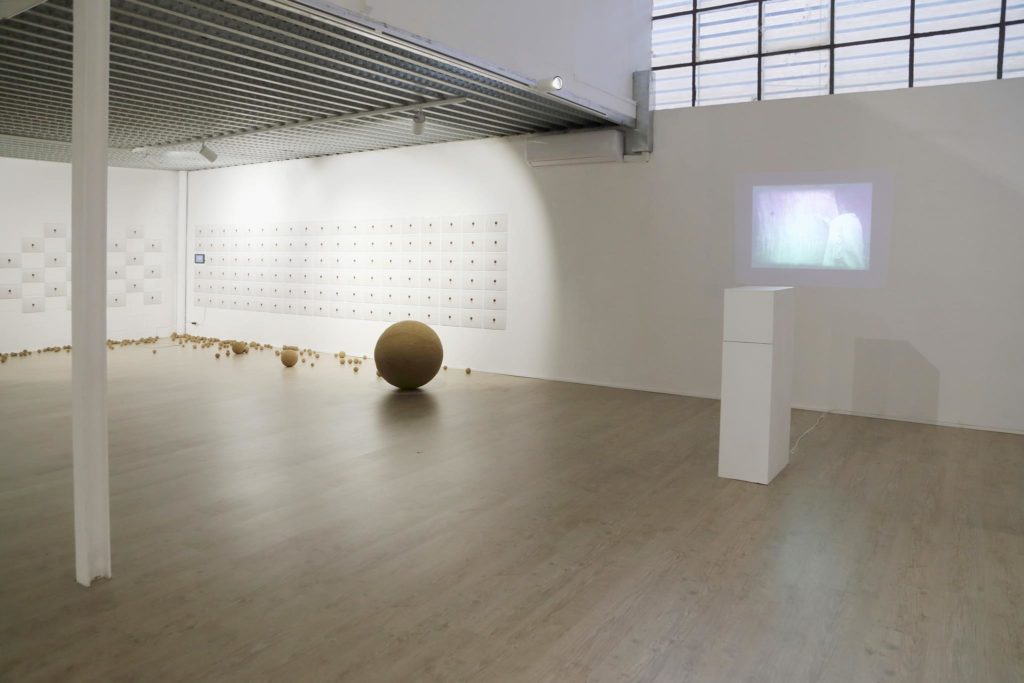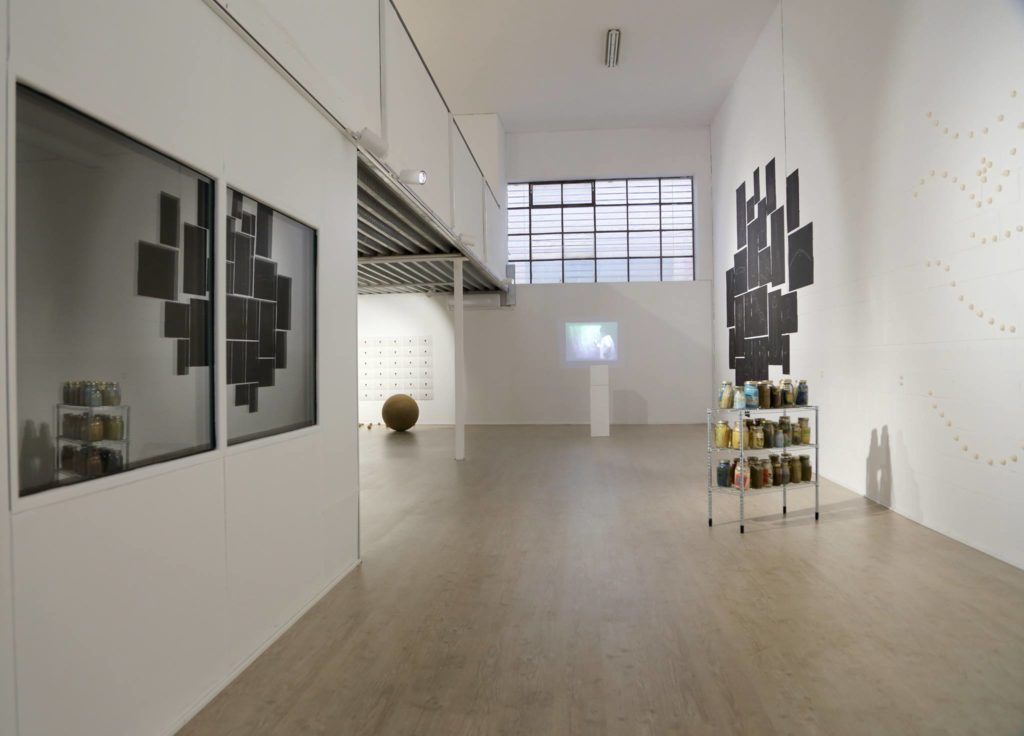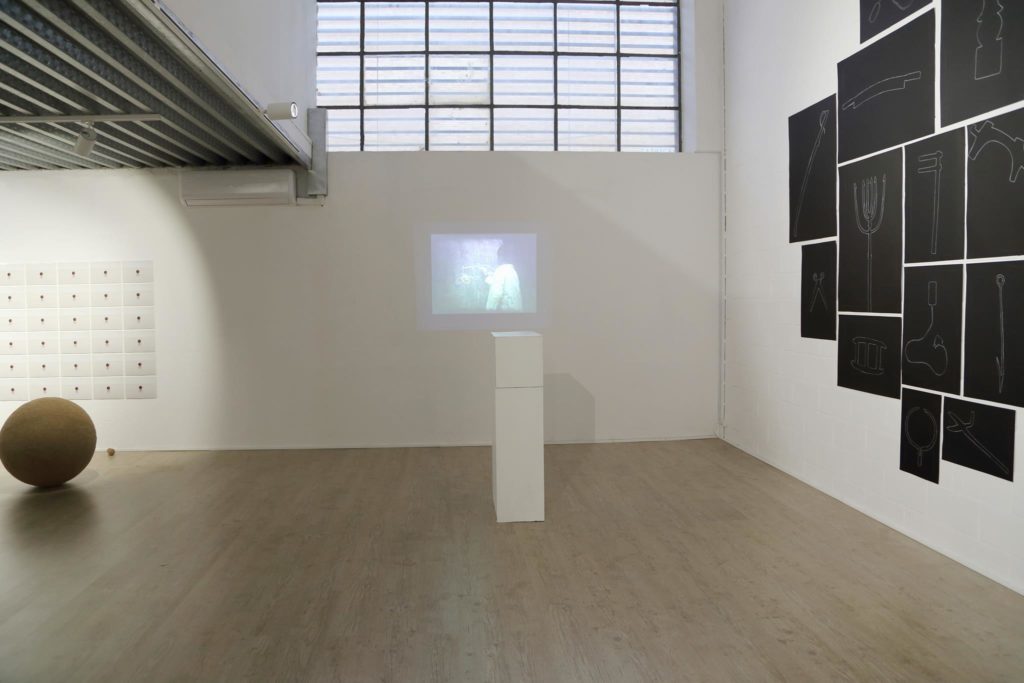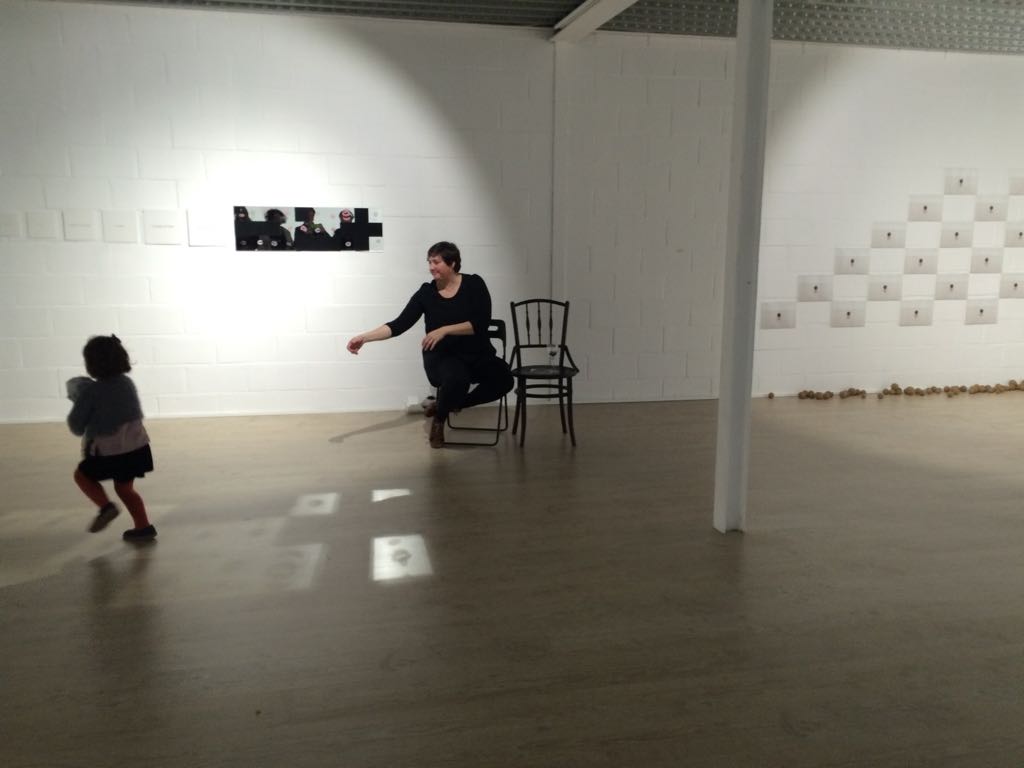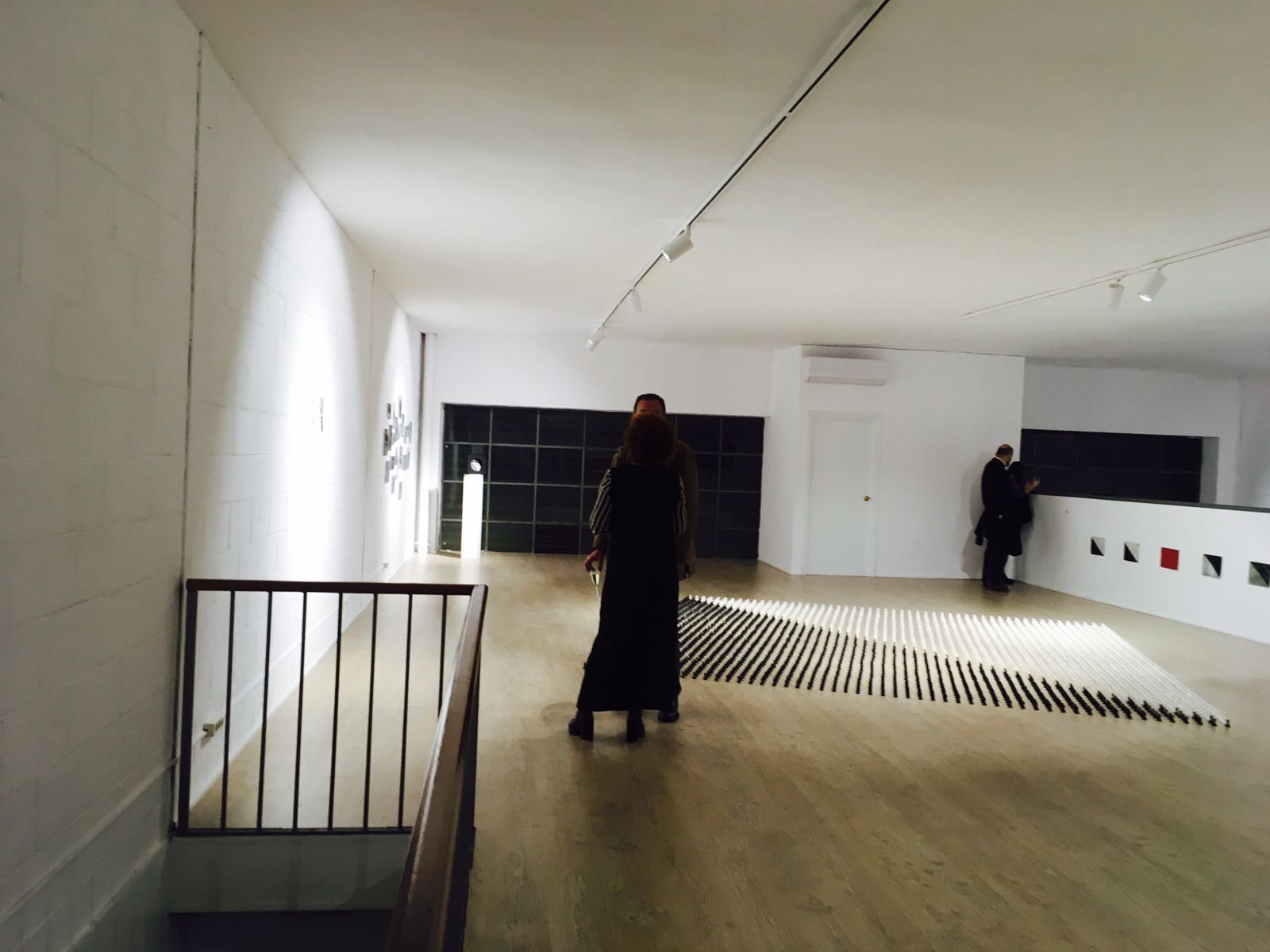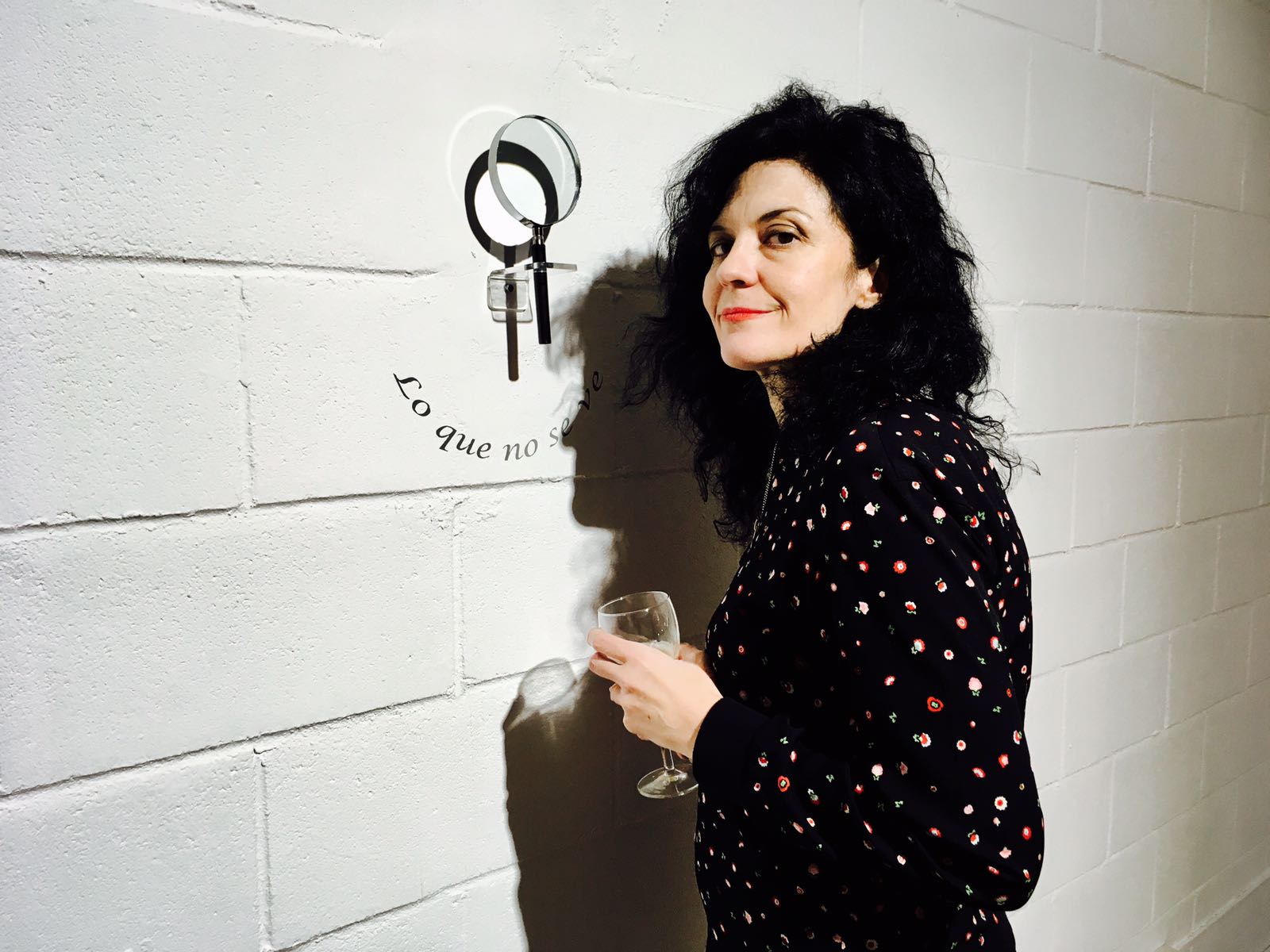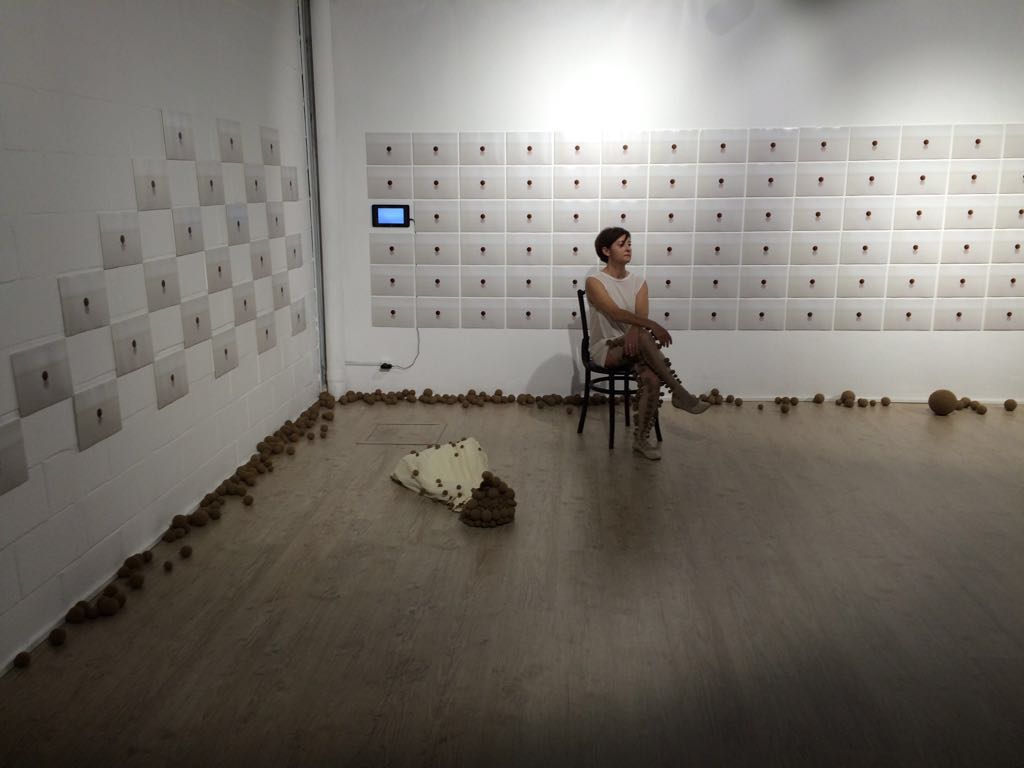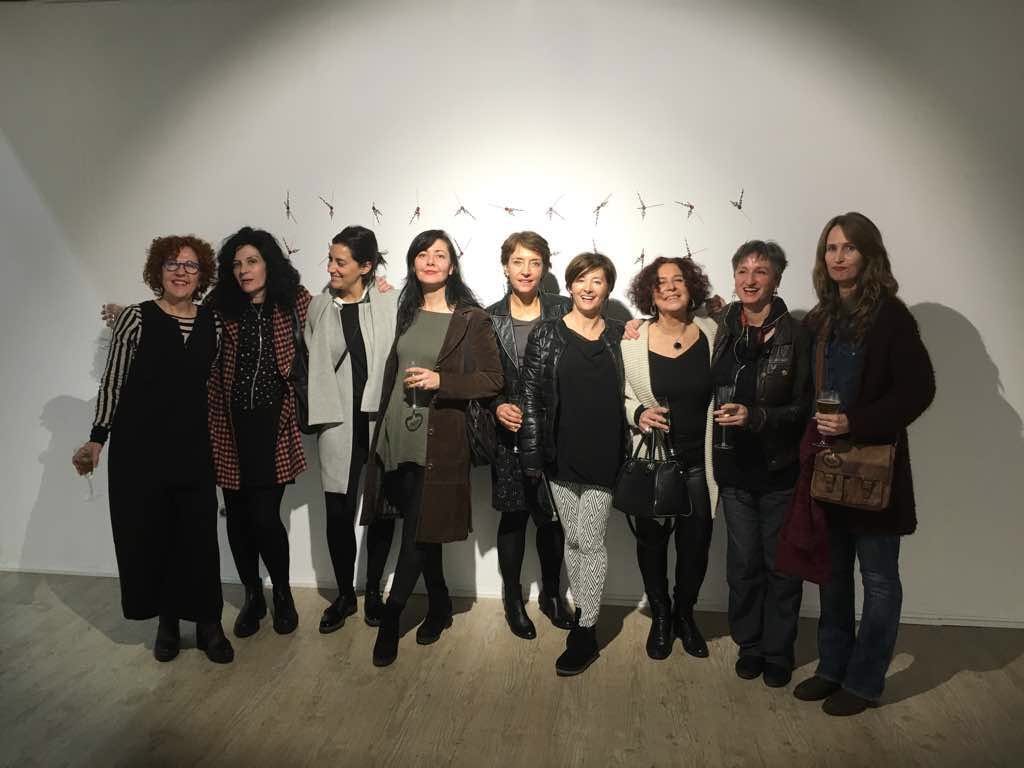Inmoderatus
Exposición
Tonia Trujillo / Elisa Torreira /Isabel Cuadrado / Kae Newcomb
Del 17 de febrero al 30 de abril de 2017
Apertura al público
Miércoles, Jueves y Viernes de 17:00 a 20:30
Sábado de 11:00 a 14:00
IMMODERATUS es un proyecto a la vez delicado y subversivo, lleno de simbolismo, que señala desde su título al desenfreno, la inmoderación, dejando que afloren sentimientos e imágenes que establecen perspectivas sugerentes sobre la memoria, el contexto y la acción, entre otras cosas, siempre alrededor de la naturaleza y la relación del individuo con ésta. Las artistas Tonia Trujillo, Elisa Torreira, Isabel Cuadrado y Kae Newcomb presentan una serie de obras recientes que tienen en común un acusado interés por cuestionar lo preestablecido, por construir nuevos significados y por crear conciencia más allá de lo puramente estético sin prescindir de la belleza de la sencillez.
Tonia Trujillo alienta la esperanza de obtener diferentes perspectivas que desafíen al orden preestablecido con Cruzar la línea, su obra trata de arrojar luz sobre la manipulación a la que nos vemos sometidos por las estructuras de poder, «lo que no se ve» y la importancia de construir nuestro propio conocimiento sin dejarnos llevar por las tendencias o el pensamiento políticamente correcto. Su trabajo ahonda en el carácter social del arte apoyándose conceptualmente en los filósofos Adorno y Horkheimer para los que el auténtico arte debe configurarse como lugar de resistencia. Abre así la puerta a un mundo de mundos sin condicionamientos.
Aunque sea fácil identificar qué obras se corresponden con qué artista concreta esta exposición denota unidad, trabajo en equipo y puesta en común entre personas que ya han funcionado juntas anteriormente, que se conocen bien. Podríamos, pues, decir que no se establecen fronteras físicas ni conceptuales o ideológicas en el espacio del montaje ya que, pese a ocupar zonas específicas la totalidad de las piezas dialoga y se alza como paso trasfronterizo en profundo equilibrio. De hecho, vemos que Trujillo revisa además del concepto de equilibrio el de frontera y plantea una nueva dimensión del mismo, reivindicándolo no como lugar de paso o metáfora de la división, sino como zona que pertenece a todos, lugar común y de posible habitabilidad en armonía. Así, los cuatro trabajos respiran y se recorren en conveniente proporción y correspondencia.
La obra de Elisa Torreira por ambos lados se recoge y cobija en el enorme espacio expositivo que parece avanzar hacia el mar dejando un macizo montañoso a sus espaldas. Nos hace evocar espolones rocosos y sedosos arenales. Hay algo asombrosamente intrigante en este paisaje marino, invita a dejarse atrapar por esa fuerza ancestral que nos lleva hacia el mar, de lo general a lo particular y viceversa, flotando en una maraña de objetos creados a mano, cargados de intimismo. Allí donde la aspereza sirve para invocar dulzura hallamos esferas estropajosas que parecen formar un tejido orgánico, las obras laten, contienen en esencia el agua, la tierra, el vacío que retiene la espera incesante de aquellas personas que asumen que vivir es adaptarse al cambio, que la playa a veces es desierto con tormentas de arena y que la marea sube y baja pero siempre fluye.
Esperando la marea es un proyecto estético que arrastra tesoros de náufrago a nuestra orilla haciendo de los objetos poesía. Cualquier forma de la materia posee una estructura compleja, una diversidad infinita de propiedades y nexos tanto internos como externos. En el mundo circundante observamos una cantidad infinita de objetos y fenómenos que poseen las propiedades más diversas independientemente del modo en que hayan llegado hasta nosotros, producto del azar o no. ¿Qué representan todos esos objetos y fenómenos, cuál es su base? ¿Tendemos cada vez más a acumularlos?
Isabel Cuadrado retoma un camino abierto en ese sentido con Trazas, proyecto que parte como una colaboración con el Museo del Pueblo de Asturias, donde la artista dibuja las siluetas de objetos de su colección para dar una perspectiva de la mezcla de objetos etnográficos (del museo) y tecnológicos (de ahora). En esa línea incorpora siluetas de elementos tecnológicos que remiten a los gestos que nos convierten en dependientes de múltiples objetos a lo largo del día. Saca a la palestra la paradoja de que ahora nos adaptamos nosotros a nuestras herramientas no tanto como en un pasado poco lejano en el cual ellas eran diseñadas para amoldarse a nuestros cuerpos. Esto se aprecia comparativamente, es decir, si reparamos en los diversos objetos que la artista deja intuir a partir de sus siluetas sentiremos el hueco de esos cuerpos, los de todos nosotros, conviviendo.
Kant hablaba del objeto como el resultado de pensar lo dado en la intuición sensible, externa al sujeto. Identificamos los objetos fluctuantes en la obra de Cuadrado en un juego de luces y sombras que el espectador paladea despacio, estableciendo en su cabeza relaciones o actividades para imaginar aquello hacia lo que se dirige porque el tiempo en la obra de esta artista es un componente súper relevante. El paso del tiempo modifica los objetos tanto como que el mar es capaz de modelar una piedra a lo largo de años y años cambiando por completo su forma. La acumulación de residuos en lugares que no son de nadie según cree la mayoría; solares, zonas fronterizas de rápido paso hacia las que se procura no mirar, donde abunda el objeto abandonado, es un problema que afecta al medioambiente y a lo más profundo de nuestra condición humana.
Kae Newcomb trabaja para educar en el respeto por el medioambiente, creando obra directamente relacionada con la ecología y sus aspectos de urgente revisión. Adorno hablaba de la desintegración de los materiales, Newcomb ahonda en el hecho de que compartimos recursos como el agua y el aire pero no compartimos los costos de su mala gestión, trabaja materiales que remiten a lo orgánico para señalar sutilmente estos problemas a gran escala y equipararlos con una escala más humana. Su obra podría hacernos despertar y alertarnos de una toxicidad líquida en un mundo contaminado por dentro y por fuera que pide a gritos un compromiso. Newcomb expresa mediante técnicas como el dibujo, la escultura y la instalación sus preocupaciones por la falta de reconocimiento global del problema del cambio climático y su insatisfacción ante las políticas que se están llevando a cabo en la actualidad dado que no son suficientes.
En definitiva, Tonia Trujillo, Elisa Torreira, Isabel Cuadrado y Kae Newcomb transmiten aquí sus inquietudes aunando voces con múltiples lenguajes artísticos que se complementan y comunican en las estancias expositivas provocando reflexiones aparentemente espontáneas y sin embargo muy meditadas, en un ejercicio de activismo desde lo sublime del objeto que capta y atrae hacia la esthétique relationnelle.
Marisol Salanova
